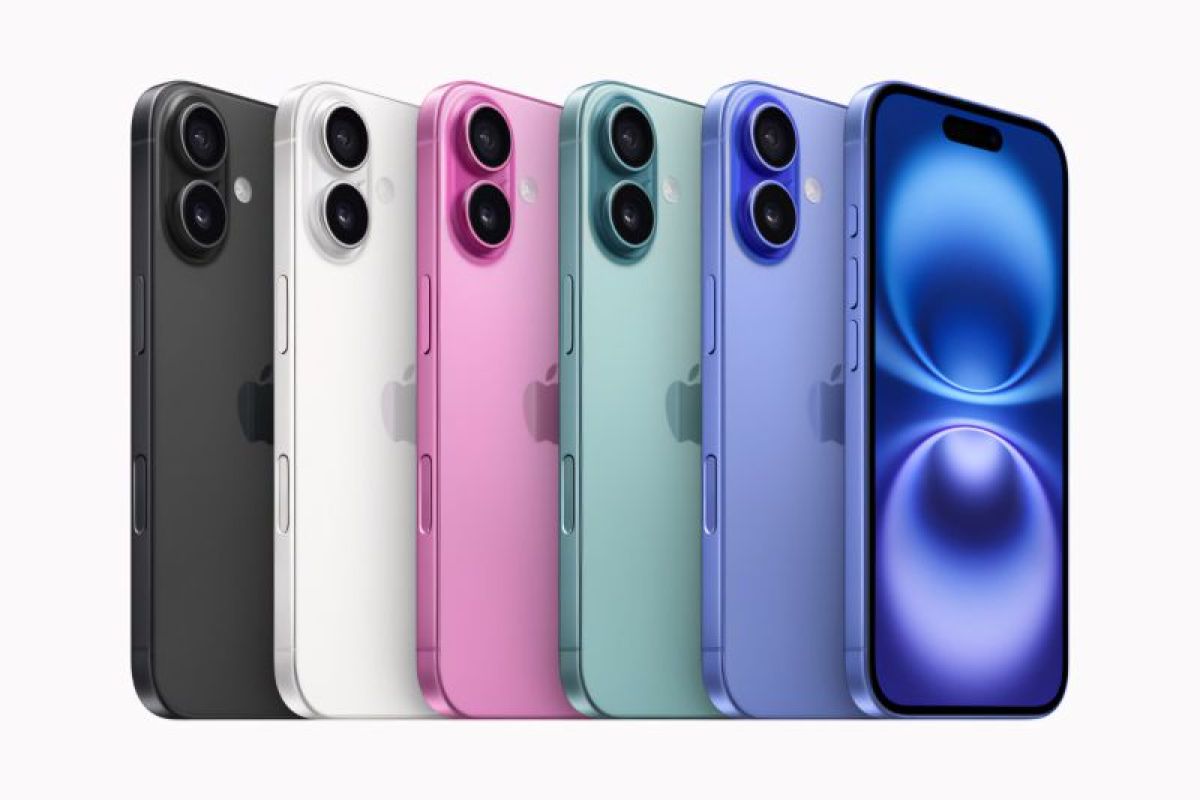- Dapatkan link
- X
- Aplikasi Lainnya
Why the iPhone 16 Is Banned in Indonesia: Everything You Need to Know
The iPhone 16, Apple's latest flagship device, has created waves globally with its cutting-edge technology and innovative features. However, Indonesian consumers were shocked to learn that the device is prohibited from being sold or distributed in the country. Here’s an in-depth look at why the iPhone 16 is banned in Indonesia, the reasons behind this decision, and what it means for Apple enthusiasts in the region.
The Reason Behind the iPhone 16 Ban
The ban stems from Indonesia's stringent regulations concerning imported electronics, particularly those that lack local manufacturing or assembly. The country has implemented a "Domestic Component Level" (TKDN) requirement, which mandates a certain percentage of locally produced components or contributions for smartphones sold in Indonesia.
Apple's reluctance to comply with these rules has historically caused issues for its product launches. For the iPhone 16, reports suggest that the device does not meet the TKDN threshold, primarily due to Apple's preference for manufacturing its devices in centralized facilities outside Indonesia. This decision has led to the outright prohibition of the iPhone 16 from entering the Indonesian market.
Impact on Apple Fans in Indonesia
The ban has disappointed many loyal Apple fans in Indonesia who were eagerly waiting to get their hands on the iPhone 16. Consumers now face limited options, including:
- Purchasing Through International Channels: Many buyers turn to international online stores or travel abroad to buy the iPhone 16, but this comes with added costs for shipping and import taxes.
- Resort to the Grey Market: Unofficial sellers may import the devices, but this can lead to higher prices and the risk of receiving no official warranty or support.
Alternatives for Indonesian Consumers
While the ban on the iPhone 16 may seem disheartening, there are several high-quality alternatives from other brands that meet Indonesia's regulatory standards. Popular Android options, such as the Samsung Galaxy S24 Ultra or the latest Oppo Find series, offer comparable features at competitive prices.
Additionally, older iPhone models, such as the iPhone 15 or iPhone 14, remain widely available in Indonesia and are excellent options for those loyal to the Apple ecosystem.
What’s Next for Apple in Indonesia?
This is not the first time Apple has faced challenges in the Indonesian market. However, the tech giant has occasionally worked with local authorities to meet TKDN requirements in the past. For instance, Apple established a local R&D center in Indonesia to comply with regulations for its previous models.
If Apple decides to prioritize the Indonesian market, it may invest in strategies such as:
- Partnering with local manufacturers.
- Customizing devices to meet TKDN requirements.
- Increasing local economic contributions through training programs or tech hubs.
For now, the future of the iPhone 16 in Indonesia remains uncertain.
Conclusion
The ban on the iPhone 16 in Indonesia highlights the complexities of global trade regulations and local market demands. While Apple fans in Indonesia may be disappointed, this situation underscores the importance of compliance with domestic rules for international brands.
Whether Apple will adapt its strategies to re-enter the Indonesian market remains to be seen. In the meantime, consumers are advised to explore alternative options or wait for future developments.
- Dapatkan link
- X
- Aplikasi Lainnya

Komentar
Posting Komentar